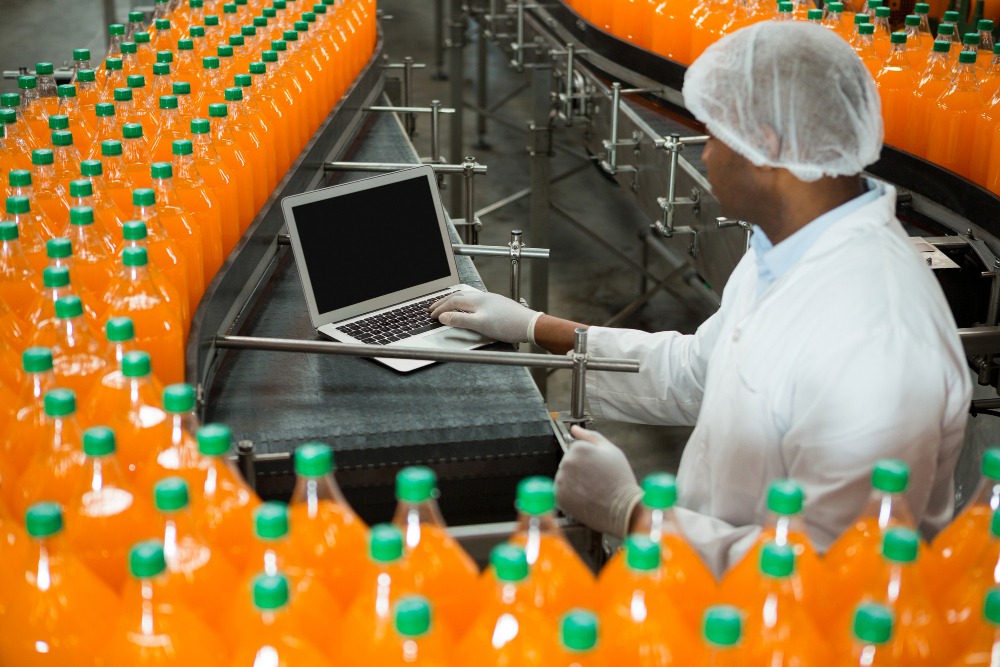Our global population is on a steady rise, placing immense pressure on our food production systems. Traditional agriculture faces significant challenges: limited arable land, water scarcity, climate change, and the vulnerability of crops to pests and diseases. Enter cutting-edge food technologies, a wave of innovation transforming the way we grow, process, and consume food. This blog delves into these exciting advancements, explores their potential to create a more sustainable food system, and discusses the future of farming.
A Looming Challenge: Feeding a Growing Planet
The world population is projected to reach 9.7 billion by 2050. This translates to a significant increase in food demand. Traditional agriculture, while playing a crucial role, faces limitations:
- Shrinking Arable Land: Urbanization and desertification are reducing the availability of fertile land for food production.
- Water Scarcity: Agriculture is a major consumer of water, and freshwater resources are becoming increasingly scarce in many regions.
- Climate Change: Extreme weather events, rising temperatures, and unpredictable rainfall patterns can devastate crops and disrupt agricultural yields.
- Pests and Diseases: Climate change and overuse of pesticides are contributing to the emergence of new and more resilient pests and diseases, threatening crop yields.
A Beacon of Hope: Cutting-Edge Food Technologies Emerge
Cutting-edge food technologies offer compelling solutions to these challenges. Here’s a glimpse into some of the most promising innovations:
- Vertical Farming: This space-saving technique involves stacking growing trays vertically, maximizing production within a limited footprint. Vertical farms can be located in urban centers, reducing transportation costs and promoting local food production.
- Hydroponics and Aquaponics: These soilless cultivation methods use water or a nutrient-rich solution to deliver essential nutrients directly to plant roots, minimizing water usage and eliminating the need for traditional soil.
- Cellular Agriculture: This emerging technology involves cultivating meat, fish, or other animal products directly from animal cells in a controlled environment. Cellular agriculture has the potential to revolutionize food production by reducing dependence on livestock farming and its environmental impact.
- Precision Agriculture: This approach utilizes data analytics, sensors, and automation to optimize agricultural practices. Precision agriculture allows for targeted application of water, fertilizers, and pesticides, minimizing waste and maximizing yields.
- Food Robotics: Robots are playing an increasingly important role in food production, performing tasks like automated harvesting, planting, and food processing, improving efficiency and reducing labor costs.
Benefits of Cutting-Edge Food Technologies: A Sustainable Future for Food Production
Cutting-edge food technologies offer a multitude of benefits, making them a promising solution for sustainable food production:
- Increased Yield: Controlled environments and optimized growing conditions can lead to significantly higher crop yields compared to traditional outdoor farms.
- Reduced Water Usage: Hydroponic and aquaponic systems use significantly less water than traditional agriculture, making them ideal for arid regions.
- Year-Round Production: Indoor farms are not limited by seasons or weather conditions, allowing for year-round production of fresh, high-quality produce.
- Minimized Environmental Impact: Reduced water usage, decreased reliance on pesticides and fertilizers, and potential reduction in livestock farming associated with cellular agriculture contribute to a smaller environmental footprint.
- Enhanced Food Safety: Controlled environments in indoor farms and cellular agriculture minimize the risk of contamination from pathogens, leading to safer food.
Challenges and Considerations: A Path Towards Sustainability
While promising, cutting-edge food technologies face challenges that need to be addressed:
- High Initial Investment Costs: Setting up indoor farms or cellular agriculture facilities requires significant upfront investment in infrastructure, technology, and climate control systems.
- Consumer Acceptance: New technologies and methods of food production might face initial resistance from consumers. Building trust and transparency regarding safety and ethical production practices is crucial.
- Energy Consumption: Lighting, climate control, and ventilation systems in indoor farms can consume considerable energy. Utilizing renewable energy sources is key for true sustainability.
Addressing Challenges and Ensuring Responsible Development
The exciting potential of cutting-edge food technologies comes with challenges that require a multi-pronged approach for responsible and sustainable development:
- Government Incentives and Research Funding: Governments can play a crucial role in accelerating the adoption of these technologies by providing financial incentives and supporting research and development initiatives.
- Public-Private Partnerships: Collaboration between governments, private companies, and research institutions can help share investments and accelerate technological advancements.
- Scalability and Cost Reduction: As these technologies mature and production scales up, the initial investment costs are expected to decrease, making them more accessible to a wider range of producers.
Building Consumer Trust and Transparency:
- Open Communication and Education: Providing clear information about the safety, environmental impact, and production methods associated with these technologies is crucial for building consumer trust.
- Independent Safety Assessments: Rigorous independent testing and safety assessments can reassure consumers about the quality and safety of food produced through cutting-edge technologies.
- Labeling and Traceability: Clear labeling that informs consumers about production methods can empower them to make informed choices.
Ensuring Sustainability:
- Renewable Energy Integration: Utilizing renewable energy sources like solar, wind, or geothermal power for indoor farms and processing facilities is critical for minimizing their environmental footprint.
- Sustainable Resource Management: Implementing circular economy principles can optimize resource use. Wastewater from hydroponic systems can be treated and reused, and organic waste can be composted to create nutrient-rich fertilizer.
- Life Cycle Assessments: Conducting life cycle assessments to evaluate the environmental impact of these technologies throughout their entire life cycle helps identify areas for improvement and ensure true sustainability.
Ethical Considerations and Cellular Agriculture
- Animal Welfare: Cellular agriculture research should prioritize minimizing any potential harm to animals during cell line collection and ensure humane treatment.
- Environmental Impact: The overall environmental impact of cellular agriculture needs to be carefully assessed, considering energy consumption and potential waste streams.
- Open Dialogue and Regulatory Frameworks: Open discussions involving scientists, ethicists, policymakers, and the public are crucial for developing ethical and sustainable regulations for cellular agriculture.
Conclusion
Cutting-edge food technologies offer a beacon of hope in a world facing significant food production challenges. By addressing the challenges, fostering responsible development, and prioritizing sustainability, we can harness the potential of these innovations to cultivate a more secure, resilient, and equitable food system for generations to come. The future of food is brimming with possibilities, and by embracing innovation and collaboration, we can ensure a future where everyone has access to safe, nutritious, and sustainably produced food.


